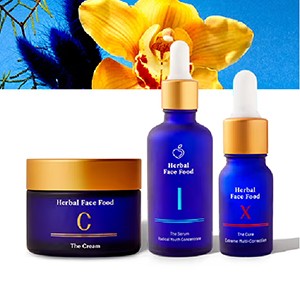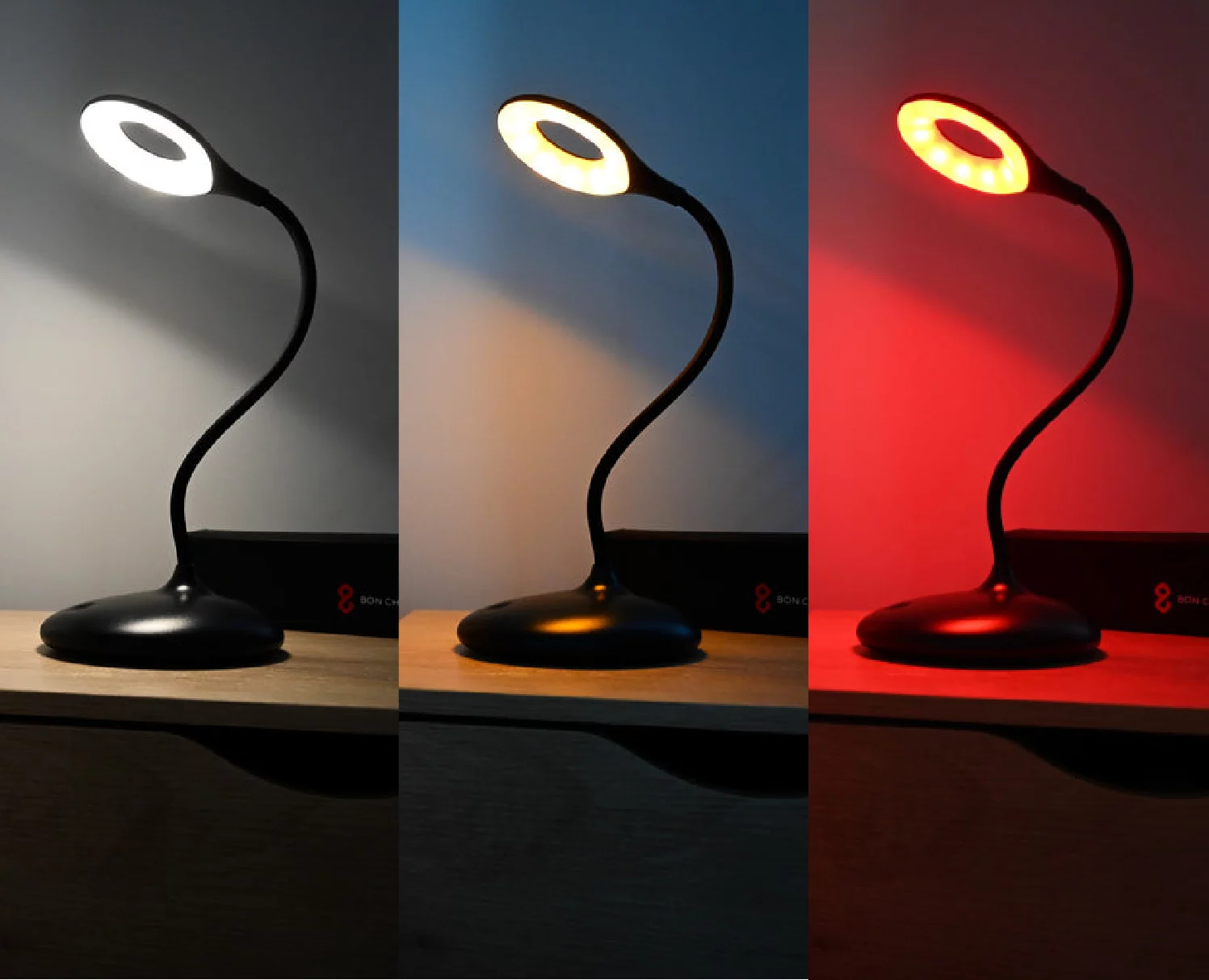What was once just a fancy-schmancy add-on at the nail salon has become a full-blown beauty addiction. Thanks to the rise of intricate nail art, gel nail polish has become yet another way to accessorize, express your style, and bump up those “likes” on Instagram. Nails look better, longer – but is it safe? Here are all the deets…
The Details: Created to be chip-free and to last for weeks on end, gel nail polish uses heavy duty chemical-engineering to ensure a long-lasting finish. To give you an idea of how powerful gel nail polish is, it’s made with an ingredient similar to that used in dental bonding. Once the polish is applied, the polish is hardened by ultraviolet (UV) light. It is the UV light that stimulates a chemical reaction that transforms the liquid polish into a hard layer of plastic within seconds.
The Concern: Among the potential problems of the chemicals found in gel nail polish is the UV light itself. UV light, just like the sun’s rays, increases the risk of skin cancer and sun damage. Although the exposure is short, dermatologists have expressed concern and warn against it. In addition, for those taking oral photosensitizing medications such as Elavil, birth control, and Benadryl, the UV light exposure can increase the risk of detachment of the nail from the nail bed.
What you should Avoid: To start, steer clear of the ingredient PEG- 12 Dimethicone. Due to the manufacturing processed used, PEG- 12 is most likely contaminated with Dioxane. Dioxine is a known carcinogen that is linked to tumors of the liver, gallbladder, nasal cavity, lung, skin, and breast. There are also two other ingredients to avoid, HEMA and Di-Hema Trimethylhexyl Dicarbamate, both nail strengthening agents. There are considered toxic allergens shown to cause skin or visceral tumors when in direct contact with skin. Beyond ingredients in the gel polish itself is the gel polish remover. They are made with acetone, a removal agent known to be human respiratory irritant toxicant, and may cause damage to the nerves. Acetone also strips the nails, which causes the nails to be up to fifty percent thinner, leading to irritation and potential infection. Removers also contain Octinoxate. Octinoxate can cause biochemical or cellular level changes in the body and disrupts normal hormone balance.
Avoid: PEG- 12 Dimethicone, Dioxine, HEMA, Di-Hema Trimethylhexyl Dicarbamate, Acetone, Octinoxate
Here’s what to do: Based on our findings, sticking with conventional, water-based nail polish is the healthiest choice. Fortunately there are many non-toxic brands that we adore, giving you that same flawless look without the potential negative effects on the body. But if you just can’t live without gel, there are a couple steps your can follow to lessen its impact. First off, to minimize your UV exposure, use a LED lamp and apply sunscreen to the backs of your hands prior to exposure. Next up, bring your own gel nail polish, one that is not made with the toxic ingredients listed above. And finally, save the gels for special occasions only.
TCM Top Picks: Acquarella, Priti Nail Polish and Remover, Sparitual, and the brands found here.












